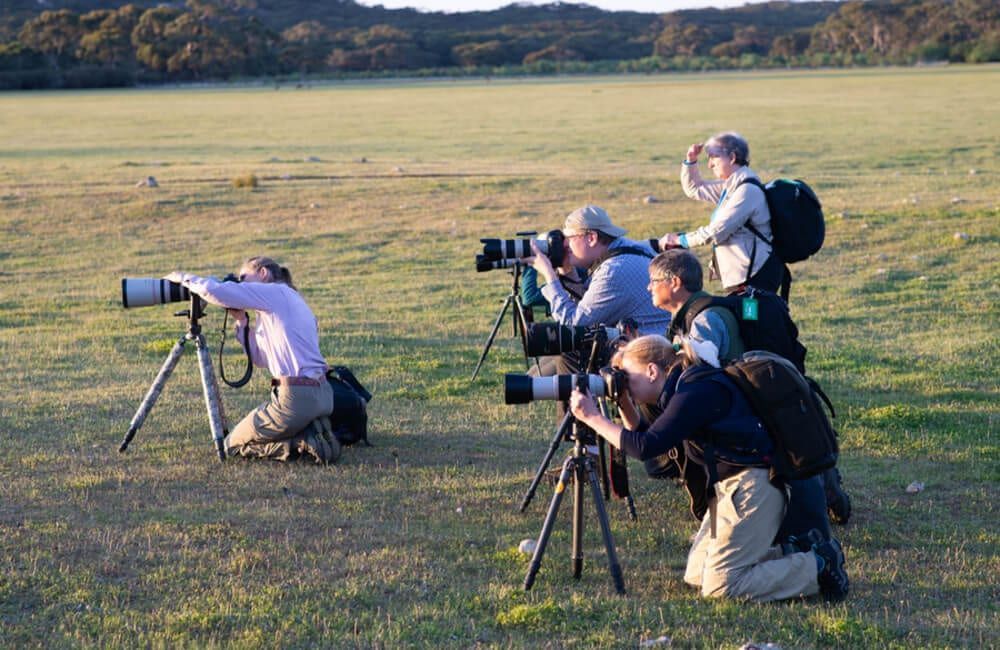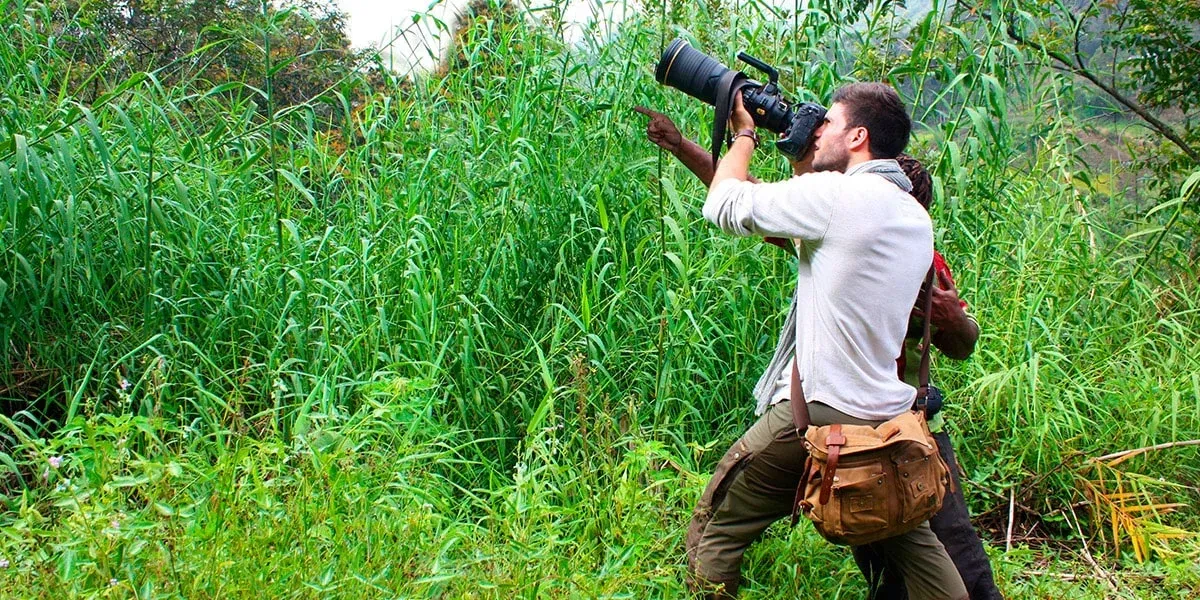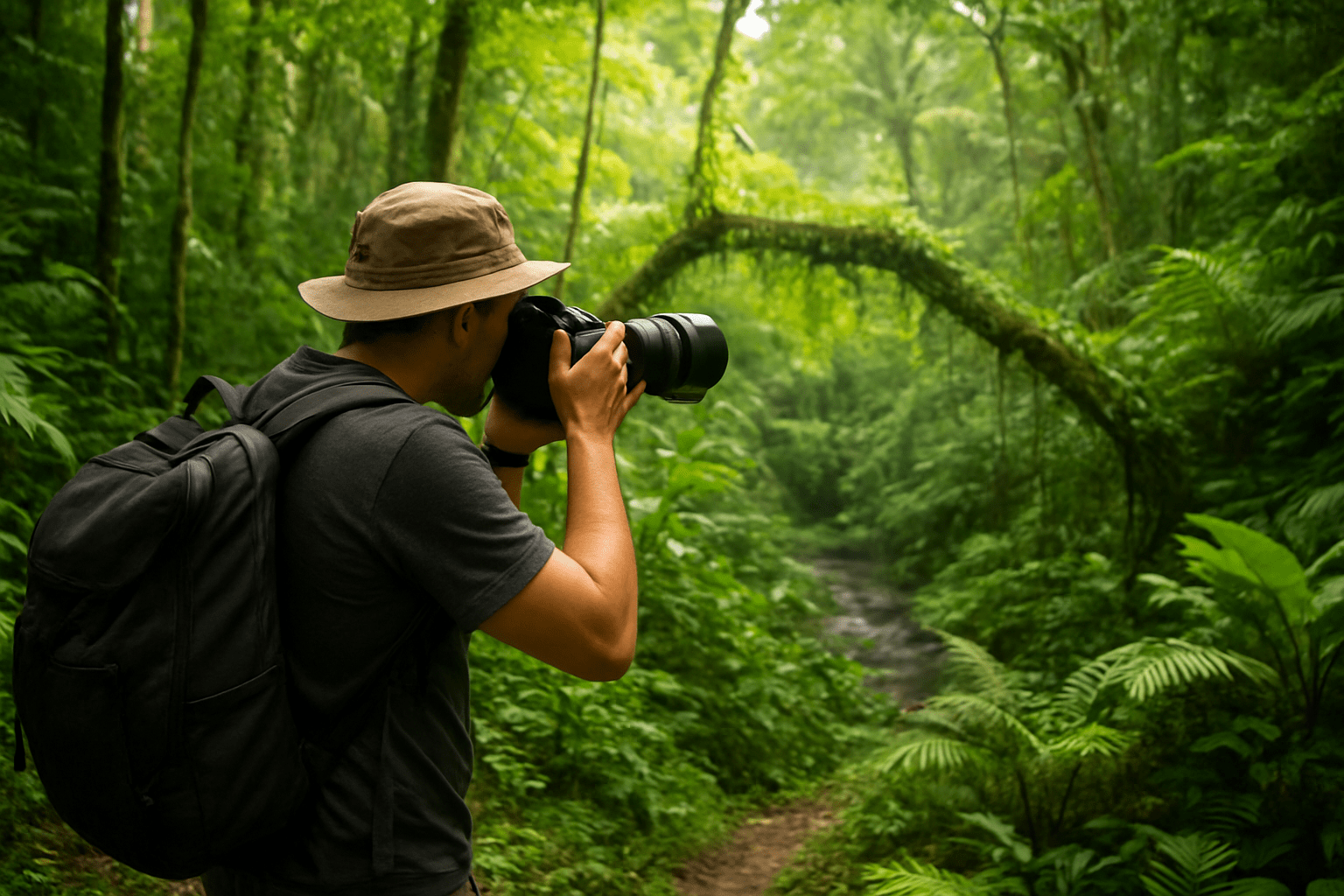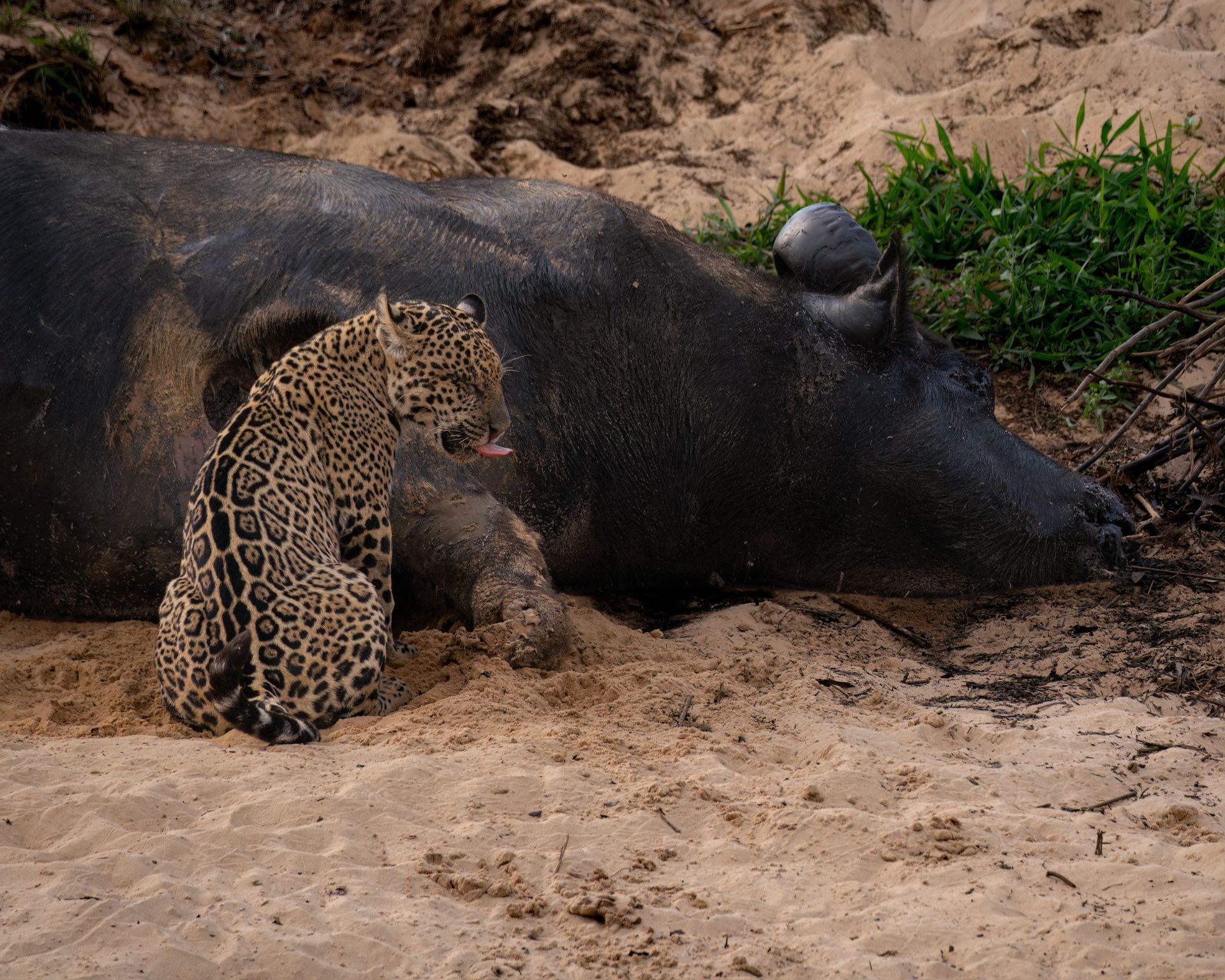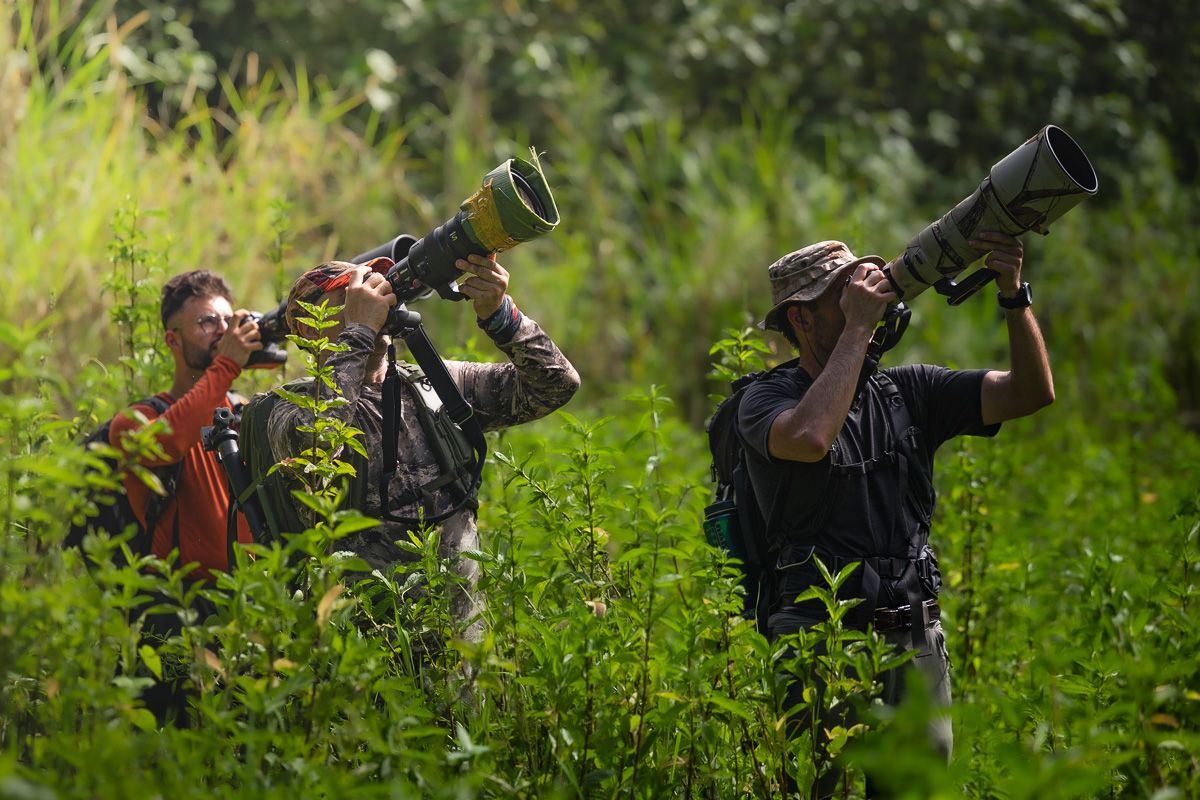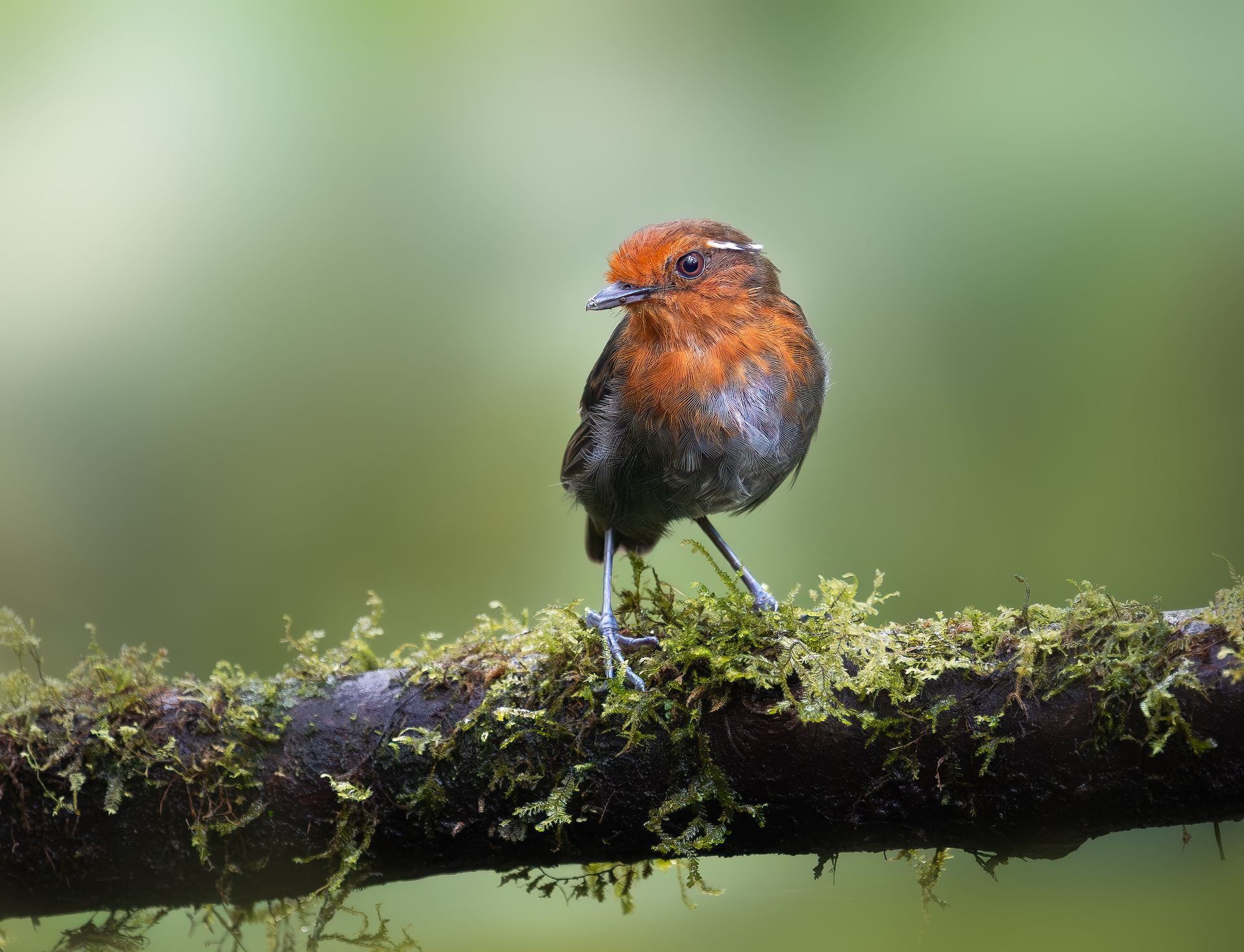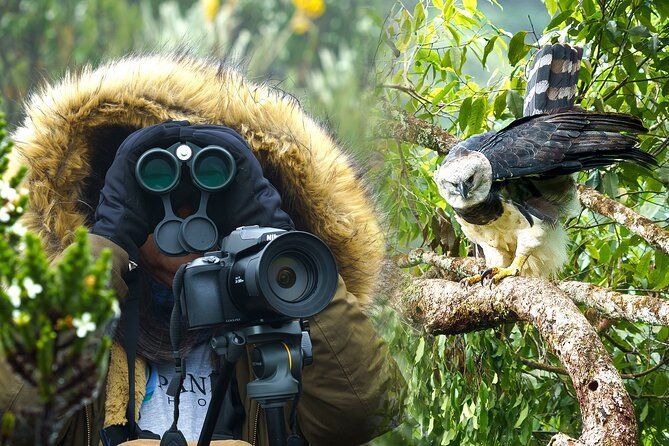Colombia’s Coffee Region: A Hidden Gem for Bird Photographers
Colombia’s Coffee Region, also known as the Eje Cafetero, is renowned worldwide for its coffee plantations, lush landscapes, and warm hospitality. But beyond its rich coffee culture, this region is a bird photographer’s paradise. Nestled between the Central and Western Andes, it combines cloud forests, montane forests, and high-altitude páramos, creating a mosaic of habitats that support an astonishing diversity of bird species.
In this guide, we’ll explore why Colombia’s Coffee Region is a hidden gem for bird photographers, how to plan a successful tour, the best locations, essential gear, and tips for capturing stunning avian images.
1. Why the Coffee Region is Ideal for Bird Photography
The Coffee Region is uniquely positioned for bird photography due to several factors:
- Geographical Diversity: Elevations range from 1,000 to 3,500 meters, offering cloud forests, montane forests, and highland ecosystems.
- High Bird Diversity: Over 600 species of birds have been recorded here, including hummingbirds, tanagers, toucans, and endemic species.
- Accessibility: Major towns like Manizales, Armenia, and Pereira provide excellent bases for exploring nearby reserves.
- Conservation Initiatives: Private reserves and eco-lodges support sustainable tourism, protecting habitats while offering photographers guided access.
This combination of accessibility, diversity, and conservation makes it a practical and rewarding destination for both amateur and professional photographers.
2. Top Bird Species to Photograph in the Coffee Region
The Coffee Region hosts a wide variety of species, ranging from tiny hummingbirds to larger forest dwellers. Some highlights include:
- Buffy Helmetcrest (Oxypogon stuebelii): A rare high-altitude hummingbird with iridescent plumage.
- Black-tailed Trainbearer (Lesbia victoriae): Known for its long tail feathers and elegant flight.
- Andean Cock-of-the-Rock (Rupicola peruvianus): A spectacular bird displaying in leks with bright orange plumage.
- Purple-backed Thornbill (Ramphomicron microrhynchum): Tiny, vibrant hummingbirds in paramo areas.
- Multicolored Tanager (Chlorochrysa nitidissima): One of Colombia’s most striking forest birds.
- Toucan Species: Chestnut-mandibled and Choco Toucan can be spotted in lower montane forests.
Photographers can also encounter tanagers, flycatchers, motmots, and numerous endemic and migratory species throughout the year.
3. Best Locations for Bird Photography
a. Los Nevados National Natural Park
- Habitat: Paramos, cloud forests, and high-elevation lakes.
- Highlights: Buffy Helmetcrest, Black-tailed Trainbearer, and other highland hummingbirds.
- Tips: Early mornings offer the best light and active bird behavior.
b. Jardin and Surrounding Coffee Plantations
- Habitat: Traditional coffee farms with interspersed forest patches.
- Highlights: Andean Cock-of-the-Rock leks, tanagers, and hummingbird feeders.
- Tips: Use local guides familiar with bird territories for best sightings.
c. Rio Blanco Reserve (Manizales)
- Habitat: Montane forest with hummingbird gardens.
- Highlights: Over 30 species of hummingbirds in one location, including Longuemare’s Sunangel and Black-tailed Trainbearer.
- Tips: Bring telephoto lenses and tripods for close-up shots without disturbing birds.
d. Otún Quimbaya Flora and Fauna Sanctuary
- Habitat: Cloud forest and secondary forest patches.
- Highlights: Multicolored Tanager, Andean Motmot, and Emerald Toucanet.
- Tips: Use hides for unobtrusive photography.
e. Cocora Valley
- Habitat: Wax palm forests and montane cloud forests.
- Highlights: Shining Sunbeam and other highland hummingbirds.
- Tips: Combine landscape photography with bird photography for dramatic compositions.
4. Timing Your Visit
The success of your bird photography tour depends on careful timing:
- Dry Seasons: December to March and July to September are optimal for accessibility and clear skies.
- Flowering Seasons: Hummingbirds and nectar feeders are most active when native flowers bloom.
- Early Mornings: Birds are more active, and light conditions are soft and ideal for photography.
- Avoid Heavy Rain Periods: Accessing reserves and trails becomes difficult during heavy rains, which may limit photographic opportunities.
5. Essential Photography Gear
Bird photography in the Coffee Region requires specific equipment due to the combination of small, fast-moving species and dense forest environments:
- Camera Body: Fast frame rate and reliable autofocus are crucial. Full-frame cameras handle low-light situations better.
- Lenses: 300–500mm lenses for distance shots; 100–400mm zooms for flexibility.
- Tripods and Monopods: Stability is essential in uneven terrain.
- External Flash or High-Speed Lighting: Useful for hummingbirds and low-light conditions.
- Protective Gear: Waterproof camera covers, rain jackets, and sturdy hiking boots are a must.
- Extra Memory Cards and Batteries: Limited charging options in remote areas.
6. Understanding Bird Behavior
Knowing the habits of your target species improves your photographic results:
- Perching: Identify favorite perches for consistent shots.
- Feeding: Observe flower preferences and feeding times for hummingbirds and tanagers.
- Courtship Displays: Birds like the Andean Cock-of-the-Rock perform elaborate displays ideal for dramatic shots.
- Territoriality: Some species are aggressive and defend their feeding areas, providing action shots.
Patience and observation often yield better images than rushing into action.
7. Using Local Guides and Eco-Tours
Hiring knowledgeable local guides is invaluable. They provide:
- Insights on rare species locations and seasonal behavior.
- Guidance on ethical photography practices.
- Access to private reserves and feeders.
- Mentorship for optimizing camera settings, lighting, and composition.
Retorno Photo Tours specializes in guiding photographers through the Coffee Region, combining professional expertise with conservation awareness.
8. Ethical Bird Photography
Respecting birds and their habitats is essential:
- Avoid Flash Near Nests: Protects breeding success.
- Keep Distance: Use telephoto lenses instead of approaching.
- Stay on Trails: Minimize damage to sensitive ecosystems.
- Support Conservation Initiatives: Choose lodges, guides, and tours that invest in habitat protection.
Ethical photography ensures a sustainable future for these species and preserves the natural experience for future visitors.
9. Combining Photography with Cultural Experiences
The Coffee Region offers rich cultural and landscape photography opportunities:
- Photograph traditional coffee farms with colorful workers and lush terraces.
- Capture the wax palm forests of Cocora Valley, blending birds with dramatic landscapes.
- Explore colonial towns like Salento and Filandia, adding architectural and street photography to your portfolio.
This combination of wildlife and culture creates a diverse and captivating photographic journey.
10. Planning a Realistic Itinerary
A successful tour balances travel, photography, and rest:
Day 1–2: Arrival in Armenia or Pereira; orientation and short birding excursions.
Day 3–4: Visit Los Nevados National Park for highland hummingbirds.
Day 5–6: Explore Cocora Valley and Andean forests for landscape and bird photography.
Day 7–8: Río Blanco Reserve for hummingbirds and tanagers.
Day 9–10: Jardin and private plantations for Cock-of-the-Rock leks and diverse species.
Day 11: Optional trip to Otún Quimbaya Sanctuary for endemics.
Day 12: Departure.
Including rest days and backup locations ensures flexibility and maximizes photographic opportunities.
Conclusion
Colombia’s Coffee Region is a hidden gem for bird photographers, offering unparalleled species diversity, scenic landscapes, and accessibility. From high-altitude páramos to lush cloud forests and coffee plantations, photographers can capture a dazzling array of birds in their natural habitats.
With proper planning—choosing the right season, visiting top reserves, using experienced guides, packing appropriate gear, and respecting ethical practices—your bird photography tour in Colombia’s Coffee Region can be a transformative and unforgettable experience.
Whether you’re photographing tiny hummingbirds feeding at dawn, watching Andean Cock-of-the-Rock displays, or capturing the vibrant colors of tanagers in dense forests, the Coffee Region promises an extraordinary adventure for every bird photographer.



